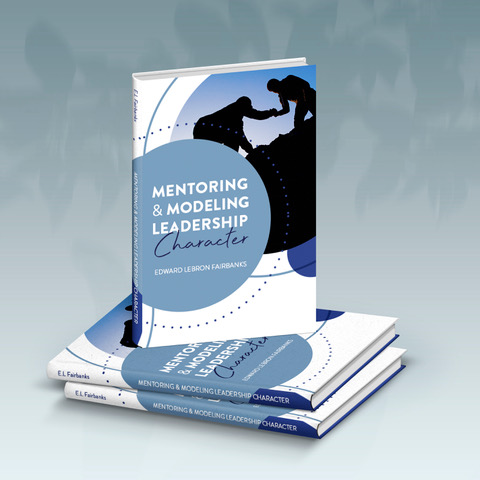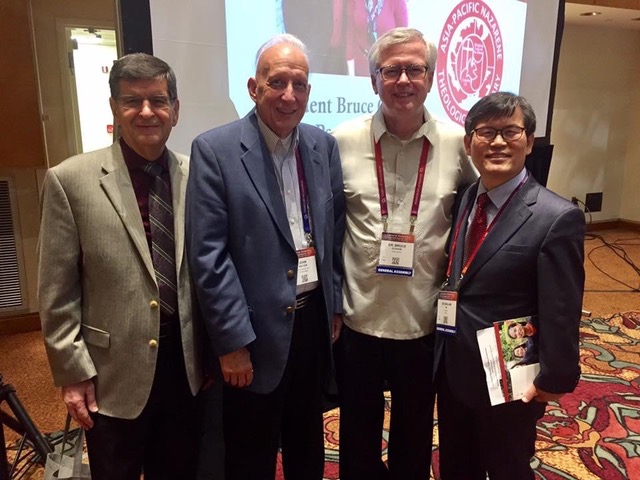“No worthwhile strategy can be planned without taking into account the organization’s ability to execute it.”
–From Execution by Larry Bossidy and Ram Charan
It’s fairly common that when things go bad in corporate life there’s a tendency to blame the marketplace, disruptive actions by competitors, timing, and even government regulations. Each of these factors can and do weigh against the best strategic plans. Those plans are attempts to identify, hopefully in plain language, a desired future for the organization, and how to make it happen (strategy defined).

However, there may be something more important than rounding up the usual suspects.
“The single greatest reason companies get into trouble is because CEOs are bad at strategy,” says Cesare R. Mainardi, adjunct professor of strategy at the Kellogg School of Management and a former CEO of Booz & Company.
Writing in The Wall Street Journal Professor Mainardi quotes two statistics from a global study about leadership capabilities:
“81% of the time when major shareholder value is destroyed it’s because of bad strategy decisions (Ron Johnson former CEO at J. C. Penney). And only 8% of all executives are good at both strategy and execution–that is, betting on the right strategy and doing the right things to make it happen (Jeff Bezos current CEO at Amazon).”
Day-to-day matters
“If things go sideways it is most likely the strategy and execution decisions made day-in and day-out,” Mainardi concludes.
The apparent self-deception facing an enterprise is that it often appears to be doing all the right things–with a focus on growth; pursuing excellence; reorganizing for change; and creating a lean structure. Yet much of the time that list proves to be nothing more than imitative rhetoric.
“Conventional wisdom is actually a trap … it creates a huge gap between a chosen strategy and the ability to deliver it,” the study notes.
In their best-selling book referenced above, Bossidy and Charan make the point that “execution requires a comprehensive understanding of a business, its people, and its environment.” It means top management is to be clear–but not too clear–about strategy, focusing on the objective while not defining the method of execution day-to-day.
Roger Fisher, former director of the Harvard Negotiation Project, put it this way: “Distant visions and hard work are both required, but unless what you do today is related to where you want to end up, you will never get there.”
The idea of mutual accountability for results may be too uncomfortable for some. If so, it explains, in part, why the “strategy-execution gap” is not broached more often in corporate and business unit discussions.
Closing the gap
What are some ways to help close the strategy-execution gap?
Professor Mainardi offers the following:
1. Commit to an identity. Stop endlessly chasing growth. Invite it. Define one’s self by what one does–not just what one sells. A truly differentiating identity is built on bespoke, difficult-to-build capabilities. If a leader chooses to be true to his or her company’s chosen identity day in and out, he or she can build an extraordinary company.
2. Translate the strategic into the everyday. Stop the endless benchmarking. Focus on building the handful of unique, cross-functional capabilities that actually deliver on strategy. Leaders must roll up their sleeves and be close enough to the execution to become the architect and chief builder of the capabilities needed.
3. Put culture to work. Stop fighting a company’s culture and blaming it for undermining strategy. Start putting it to work instead. No culture is perfect. The key is to identify and leverage the parts that work in a company’s favor.
4. Cut costs to grow stronger. Stop making the classic mistake of going lean everywhere. Most companies waste 20% to 40% of their budget on expense items that have nothing to do with their strategy.
5. Shape the future. Stop constantly reacting to market changes. Agility is overrated. It has unfortunately become code for throwing out strategy and chasing any opportunity one thinks might work. The best way to own the future is to be the one to shape it.





